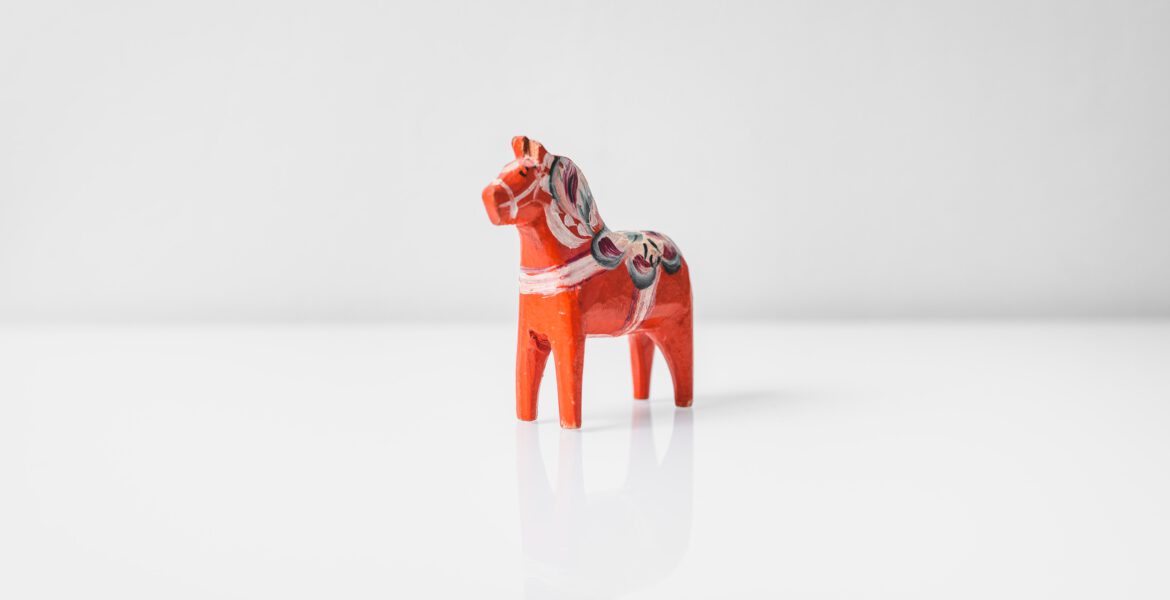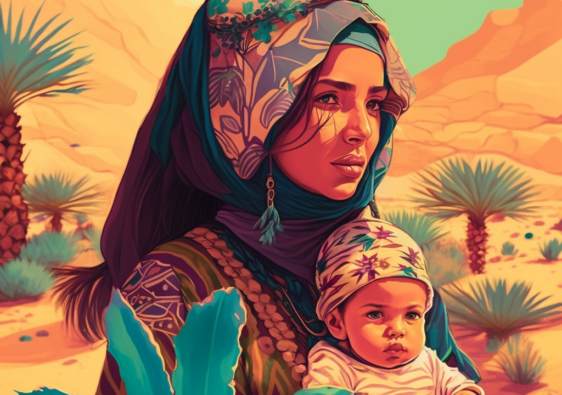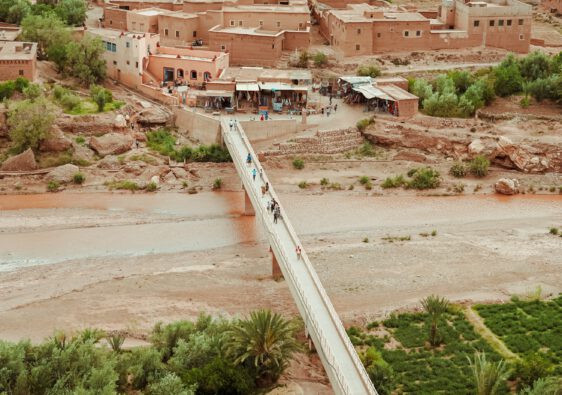“The phenomenon of heritage language is as old as migration itself”
Polinsky, 2015
I think we have talked about this before but I need to say it again: Immigrant parents face more challenges than native parents in the same cultural, social, educational … situation.
In this blogpost I want to talk about the maintenance of the linguistic and cultural heritage of children with a migration background. I also want to ask two questions that scare many parents with a migration background like me:
- Are we doing our children a favour by preserving parts of their linguistic and cultural heritage?
- How to successfully pass on our values as well as our cultural and linguistic heritage ?
Bilingualism is usually praised and well regarded. The growing number of International schools, where people are willing to pay for their children to learn new languages (other than their mother tongue) shows it pretty clearly. However, as soon as we talk about bilingualism in the context of immigration and cultural diversity it gets a tiny bit more complicated.
Let’s get our facts straight and silence the unnecessary nuisance and false debates. Research shows that having a strong mother language foundation leads to better academic results. It is not a barrier to learning, quite the contrary. Children who master their mother tongue show more positive attitude towards school and find it easier to follow the school curriculum. Bilingualism only becomes problematic when the educational systems are not designed to include children who grow up in households where the majority language is not spoken or mastered (despite the fact that the number of these children is increasing by the day). And I a going to be honest, because this is the personal choice I have made: I gave priority to the host country’s language: German.
I call it host country because that’s what it is for me, but for my son it is his home country.
Do I regret this choice? No.
When I see him speak German with so much ease, I am sort of reassured. However, I would have maybe, put a little bit more effort in teaching him Darija.
Every time I talk about these topics, I insist on our role as “parents with a migration background” to make the necessary changes, so our children have equal opportunities and so that educational institutions also take their needs into account.
Until then, we need to make choices that work for our reality and our circumstances.
Cultural and Linguistic Diversity
Do they go together?
Understanding cultural diversity is key to counter bias and racism and to deconstruct some of the systemic structures that prevent children from reaching their full potential.
Culture is a significant component of our identity. We all have the right to feel free and empowered to discover and explore the uniqueness of our identity but also acknowledge and understand the diversity that exists in the world. When we deny the “others” the right to express their culture we limit our perspective AND hinder the transmission of knowledge from generation to generation.
… but do language and culture go together?
How has culture been conveyed and communicated from a generation to the other so far? Well, mainly through language.
Language is inherent to the transmission, expression and preservation of culture.
For a child, the mother tongue is not just a language, it also encompasses their personal, social and cultural identity. Furthermore, it allows children to acquire a set of necessary skills like critical thinking and literacy skills which they will able to transfer when they are learning a second language.
The majority of countries and most European educational systems are not equipped and do not (do not want to?) adapt very well to this reality.
Wether we are ready to accept it or not, cultural and linguistic diversity is the reality of most countries and nations today. Unfortunately, the suppression and undermining of some languages has been used as a policy to make cultures disappear (similar processes were also used during colonisation).
Ok, but who cares?
well…
“As languages disappear, cultures die. The world becomes inherently a less interesting place, but we also sacrifice raw knowledge and the intellectual achievements of millennia.”
Ken Hale, Massachusetts Institute of Technology, quoted in Davis, W. 1999.
Europe’s linguistic diversity
Another try legitimate question is: Does it make sense for countries to invest so much to adapt their educational systems to make them more inclusive? Is there enough demand?
As I said, diversity of languages and cultural backgrounds is a reality in European societies.
A study conducted in a school in Northern Germany (representative of the reality of most public schools), a little bit less than 50% of the pupils come from monolingual families (German) and the rest (51.4%) had a migration background:
- More than 12 nationalities
- Over 20 different languages spoken at home
- Majority of the these children are at least bilingual
These numbers are very representative of today’s urban Europe but educational systems still do not follow this reality and in 2022 language is still a tool of exclusion and a source of inequality.
About one-third of the European population under the age of 35 years has a migration background and in ALL European school systems, students with migration backgrounds are severely disadvantaged.
Let’s ask the question: Why is it so?
Short answer:
Because not all languages are created equal:
Language is a political matter. It is closely linked to power and we can see it by how some languages are encouraged and respected or undermined and denigrated through state policy and political forces.
So we need to know that when we talk about language learning it is not just a developmental milestone but also a “mechanism of power” (Bourdieu 1991) and this is why it is such a sensitive topic.
For parents and particularly for parents with a migration background raising bilingual and multicultural children involves a lot of efforts, choices need to be made and dilemmas have to be faced. Especially when some languages are considered inferior and are not as respected as others (Bourdieu 1991); not all languages are created equal.
Legitimacy and Recognition:
“The most privileged language” is usually the country’s official language and then come all those languages deemed good enough to be taught in schools as foreign languages. It has nothing to do with how many people speak a certain language but to what social class, ethnic group … we associate it with. So you’ll find Spanish, French or even Latin as a second language in school but not Urdu, Arabic or Turkish. In multilingual societies, even accents are ranked and can be used to reinforce systems of inequality and social discrimination. Just think of how sexy we perceive the Italian accent but not the Moroccan or Senegalese.
Very often, and this I think is where we can make a difference, some languages are not considered “academic” languages. They are confined to the private sphere, sometimes relegated to the rank of “dialect”. In other words, they are perceived as not evolved enough to convey elaborate ideas or even feelings. They have no intellectual or superior value.
There is a lot of work that needs to be done in terms of acknowledgment and recognition of heritage languages and cultures but there are a few things we can start doing at home to use our heritage language as a way to promote our children’s positive ethnic or cultural identities and consequently boost self-confidence.
Conclusion
Learning the mother tongue is very important. It doesn’t need to be a source of stress or pressure for the parents but perceived as an opportunity to bond and create intergenerational communication and links. We might get discouraged or scared because of external perceptions and also because sometimes our children are not very forthcoming. I have heard parents talk ab out how their children are sometimes ashamed of the language they speak at home, the food they eat or the traditions they observe.
In this article I want to raise your attention to the potential of preserving our children’s cultural and linguistic heritage. Together, I would like to start this initiative to:
- continue making efforts, as parents with a migration background, to promote our heritage in the household
- put some pressure on education institutions, governments and other orgaynisations to launch more initiatives for the promotion of more diverse and inclusive societies.
Photo by Oscar Helgstrand on Unsplash






